Emotional Driving: Solutions with El Paso Health Coach Clinic’s Functional Medicine Introduction Driving through the vibrant streets of El Paso, TX, is a daily reality…
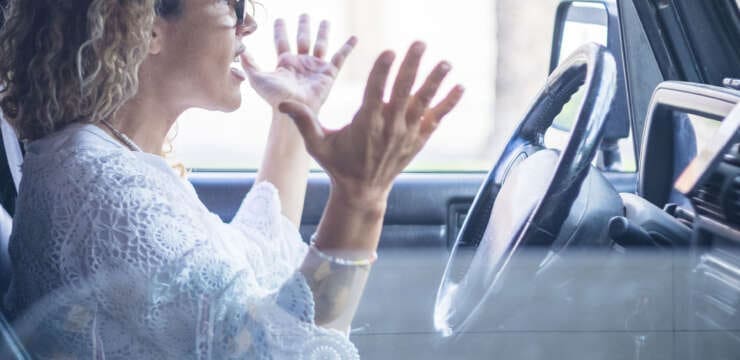
There are two approaches to injury care. They are active and passive treatment. While both can help get patients on the road toward recovery, only active treatment has long-term impact and keeps patients moving.
We focus on treating injuries sustained in auto accidents, personal injuries, work injuries and sports injuries and provide complete interventional pain management services and therapeutic programs. Everything from bumps and bruises to torn ligaments and back pain.
Passive Injury Care
Passive injury care usually given by a doctor or a physical therapist. It includes:
Acupuncture
Applying heat/ice to sore muscles
Pain medication
It’s a good starting point to help reduce pain, but passive injury care isn’t the most effective treatment. While it helps an injured person feel better in the moment, the relief doesn’t last. A patient won’t fully recover from injury unless they actively work to return to their normal life.
Active Injury Care
Active treatment also provided by a physician or physical therapist, relies on commitment from the injured person in order to work. When a patient takes ownership of their health, the active injury care process becomes more meaningful and productive. A modified activity plan will not only help an injured person transition to full function but also improves their overall physical, and emotional wellness.
Spine, neck and back
Headaches
Knees, shoulders and wrists
Torn ligaments
Soft tissue injuries (muscle strains and sprains)
What does active injury care involve?
An active treatment plan keeps the body as strong and flexible as possible through a personalized work/transitional plan, which limits long-term impact and helps injured patients work toward a faster recovery. Injury Medical & Chiropractic clinic’s injury care, a clinician and health coach will work with the patient to understand the cause of injury, then create a rehabilitation plan that keeps the patient active and brings them to back to proper health in no time. This includes a personalized treatment plan.

Emotional Driving: Solutions with El Paso Health Coach Clinic’s Functional Medicine Introduction Driving through the vibrant streets of El Paso, TX, is a daily reality…
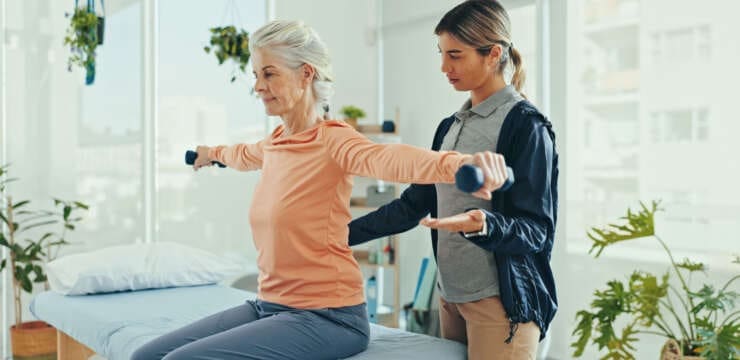
Best Exercises for Seniors at El Paso Health Coach Clinic At El Paso, TX Health Coach Clinic – Functional Medicine and Wellness, we empower seniors…
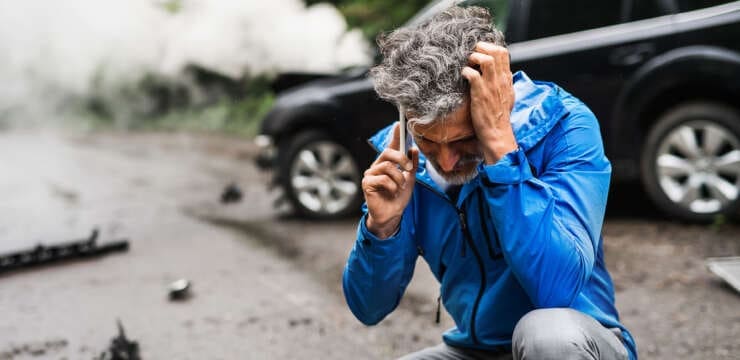
Holistic Recovery with Functional Medicine: El Paso Health Coach Clinic Functional Medicine for Comprehensive Healing Motor vehicle accidents (MVAs) often result in hidden injuries that…
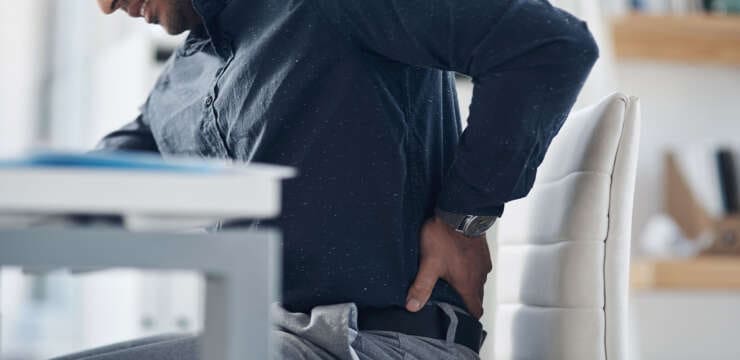
A Balanced Health Coach’s Guide to Iliac Crest Pain Syndrome Introduction: When Hip Pain Affects Your Health Routine Iliac crest pain syndrome (ICPS) may not…
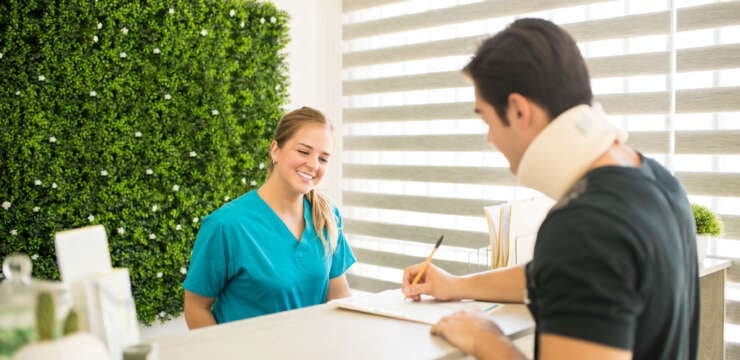
Holistic Nutrition & Chiropractic: A Health Coach Clinic Framework Wellness Through Alignment & Nutrition Health Coach Clinic believes in treating the whole person—mind, body, and…
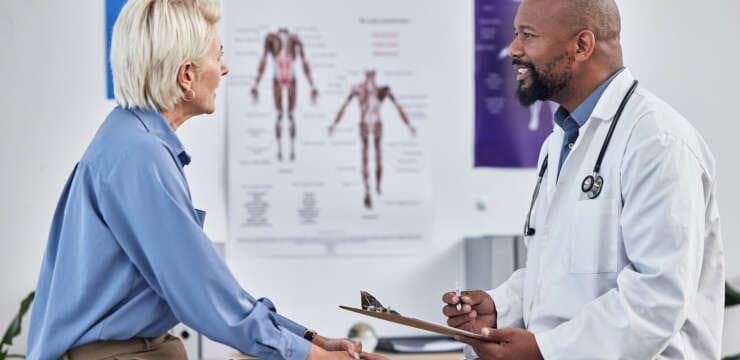
The Gut Microbiome’s Role in Musculoskeletal Recovery: A Health Coach’s Guide Introduction: Why Gut Health Matters in Recovery Coaching For many people, “recovery” means resting…
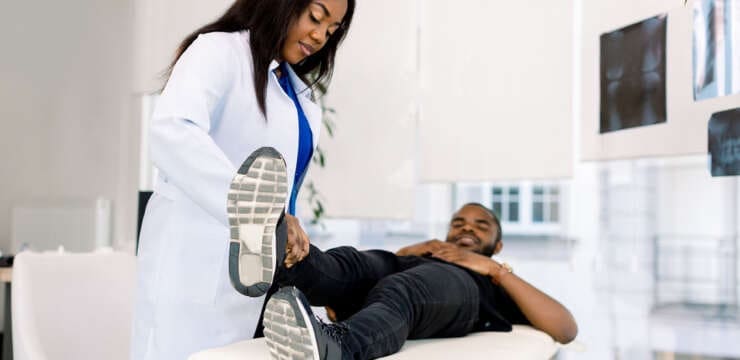
Integrative Sports-Specific Recovery After Motor Vehicle Accidents Introduction: Holistic Recovery for Active Individuals After a motor vehicle accident (MVA), many individuals face challenges resuming their…

Optimizing MVA Recovery with an Anti-Inflammatory Diet at El Paso, TX Health Coach Clinic At El Paso, TX Health Coach Clinic – Functional Medicine and…
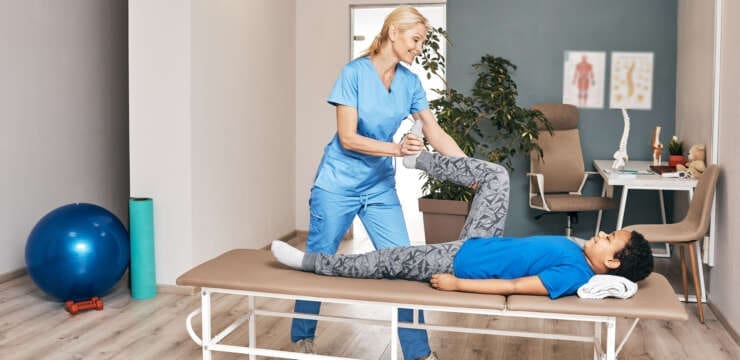
Passenger Injuries After Car Accidents: A Holistic Health Coaching Approach to Recovery Introduction: Passenger Injuries Require Full-Body Recovery Being a passenger in a car accident…
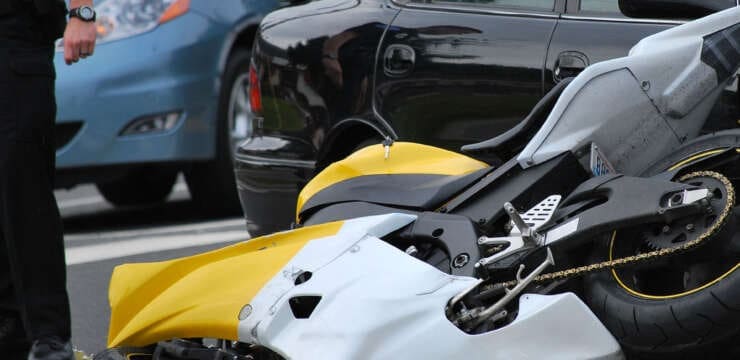
Whole-Person Healing After Motorcycle Accidents: How Chiropractic Care and Integrative Coaching Support Recovery Introduction: Healing More Than the Injury A motorcycle accident doesn’t just injure…
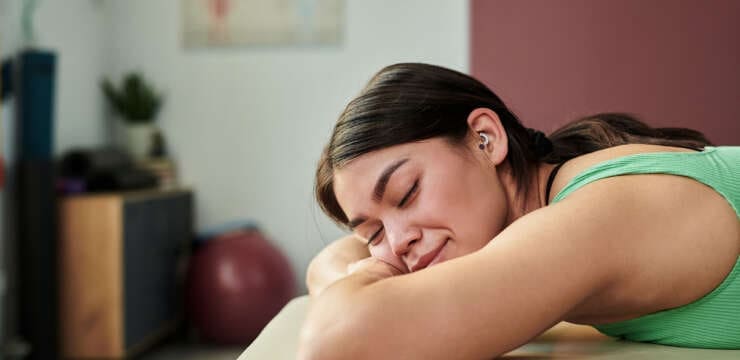
The Healing Power of Sleep After a Car Accident: A Natural Recovery Boost Introduction: Why Sleep Matters in Post-Accident Recovery After a car accident, most…

How Rainy Weather and Minor Accidents Impact Spinal Health: A Holistic Approach to Recovery Rain Turns Roads Into Hidden Hazards Rainfall transforms safe roads into…
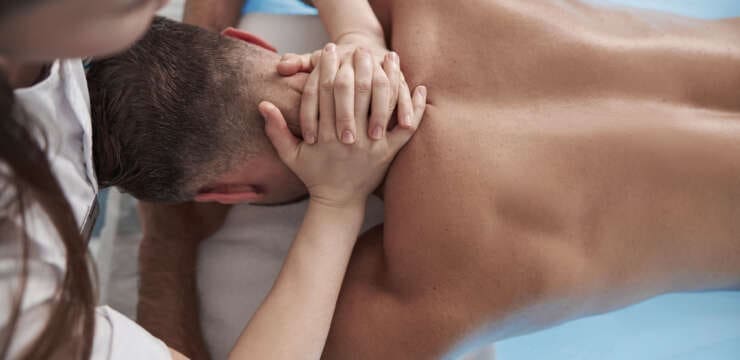
Motor Vehicle Accident Recovery: The Role of Massage Therapy and Chiropractic Care Motor vehicle accidents (MVAs) can cause a range of physical and emotional injuries…
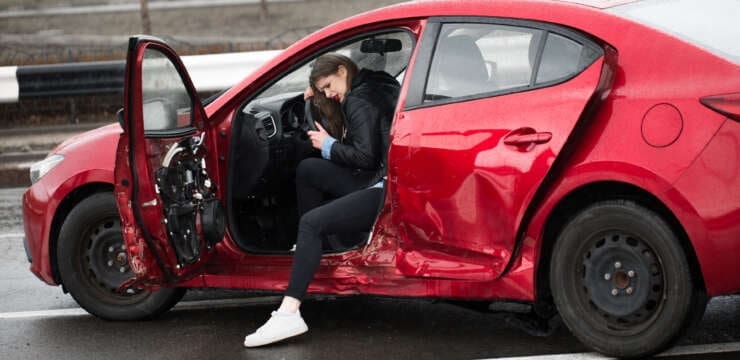
How Car Accidents Damage Gut Health — And What You Can Do About It Introduction: Your Gut Could Be the Hidden Injury After a Crash…
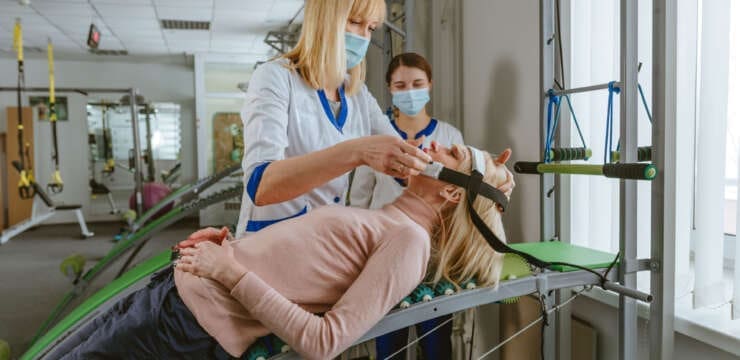
Functional Medicine for Auto Accident Recovery: A Holistic Approach to Healing Back, Gut, and Emotional Trauma Introduction: A Modern Take on Recovery After Motor Vehicle…

How Car Accidents Can Damage Gut Health: Trauma, Stress, and the Hidden Impact on Digestion Section 1: Physical Trauma from Motor Vehicle Accidents and Digestive…

Understanding the Impact of Motor Vehicle Accidents on Mobility and Flexibility Section 1: Introduction—The Silent Aftermath of MVAs Motor vehicle accidents (MVAs) often result in…